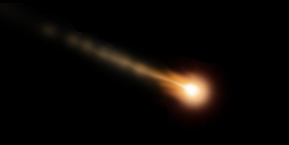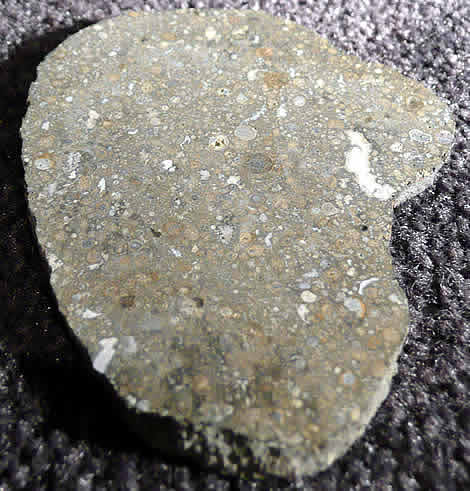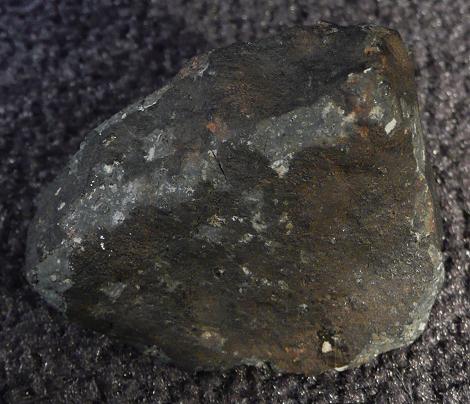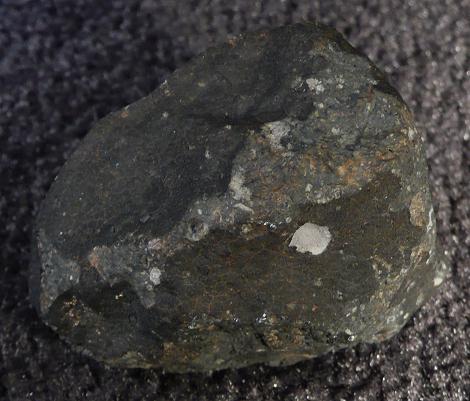
COLLECTION
| Meteorite Name: | Allende |
| Location: | Pueblito de Allende, Mexico |
| Classification: | CV3 Carbonaceous Chondrite |
| Witnessed Fall: | Yes |
| Date and Time: | February 8, 1969 (0105 hrs) |
| TKW: | ~ 2000 kilograms |
| Remarks: | The epic Allende witnessed fall virtually coincided with NASA's recently ramped up analysis capabilities, which were established in anticipation of the return of lunar samples from the Apollo missions. As a result - and due to the incredible characteristics of this material - this is the most studied meteorite in history. The chondrites visible in Allende are some of the first solid bodies to have accreted in the protoplanetary nebula that eventually became our solar system. And the white, irregular clasts are calcium aluminum rich inclusions (CAIs), which - though there are valid opinions on both sides of the argument - have been theorized by many to be the product of a supernova explosion. If this turns out to be the case, these inclusions are not only older than Earth, like the chondrules and matrix are, but they are older than our very solar system. |
 | |
| 45.6 gram complete slice | |
 | |
| 68.3 gram complete individual | |
 | |
| 68.3 gram complete individual (alternate angle) | |
